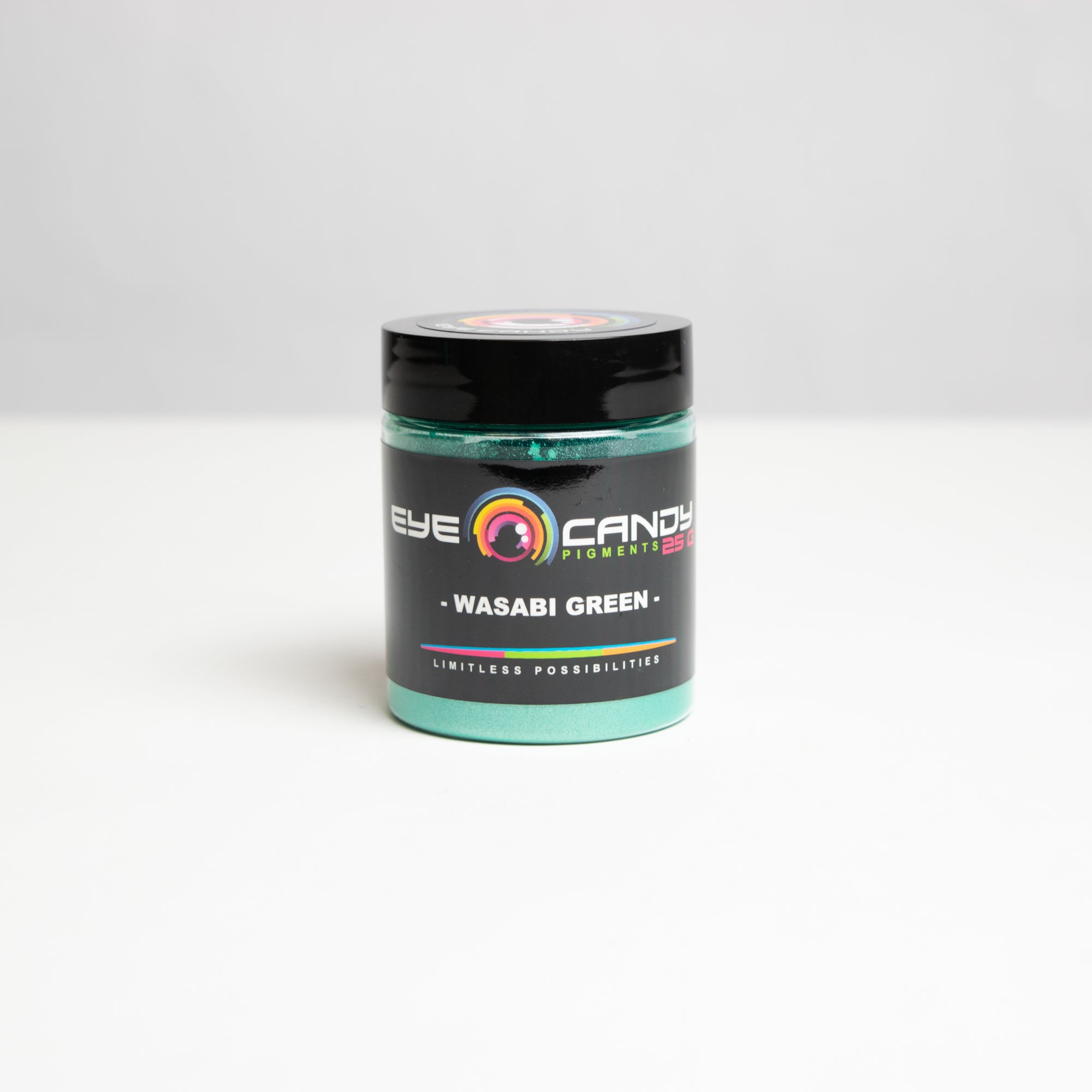The Best Materials for Starting Out in Kintsugi
Many of us think that once something breaks, it will never be as good as before. A damaged book can be re-bound, but it won’t feel the same as it once did; a broken shoe heel can be re-soled, but you have to break it in again, and so on. Kintsugi, the Japanese art of repairing broken pottery with gold, reminds us that sometimes we can make broken things even more beautiful. If you want to participate in this beautiful, almost therapeutic art form, we can help you keep started. Keep reading to learn about the best materials for starting out in kintsugi.
Materials List
To start making your own kintsugi, you need the following:
- Broken piece of pottery
- Breathing mask
- Plastic gloves
- Plastic cup
- Paper or cloth for work surface
- Clear epoxy resin
- Gold mica powder
- Paintbrush
- Popsicle sticks
- Something to mix paint in, like cardboard or a shallow dish
If you don’t have a broken piece of pottery, you can break something for the purpose of kintsugi. Use a hammer to crack a small section, as you don’t want to shatter what you have. Always use a piece of pottery you don’t use for eating or drinking since epoxy resin is toxic if ingested.
Prepare Your Work Area
Choose a flat work surface in a well-ventilated area to do your kintsugi. Lay paper or an old cloth over the surface, completely covering where you plan to work. Put your pottery down on your work surface and put a breathing mask over your nose and mouth before you open the epoxy. Epoxy resin has strong fumes that can give you a headache even in a well-ventilated area, but the mask should help you breathe easier. Put on plastic gloves to protect your hands before opening the epoxy.
Get Started
Follow the directions on your bottle of epoxy resin and mix accordingly in a plastic cup with popsicle sticks or a similar device. Once the epoxy is ready, pour in an appropriate amount of gold mica powder. If you’re repairing a big crack, you’ll need more epoxy and mica powder, but small cracks require less.
When the epoxy is the color you want, pour some onto a piece of cardboard. This makes it easier to wet your paintbrush and paint the cracks of the broken pottery. Once there’s a generous amount of adhesive on the broken piece, push it into its old spot. You may need to tape it so it can dry this way. Sprinkle more gold mica powder over the epoxy resin as it dries for a brighter gold effect. Brush any excess mica powder off your pottery and allow it to finish drying.
The best materials for starting out in kintsugi are the same as many other epoxy resin projects, although the results are quite different since you’re working with pottery. If you need gold mica powder or other art supplies for your creative process, Eye Candy Pigments can help. Our powders, pastes, and slime kit can all help you safely express yourself and enjoy the artistic process.



